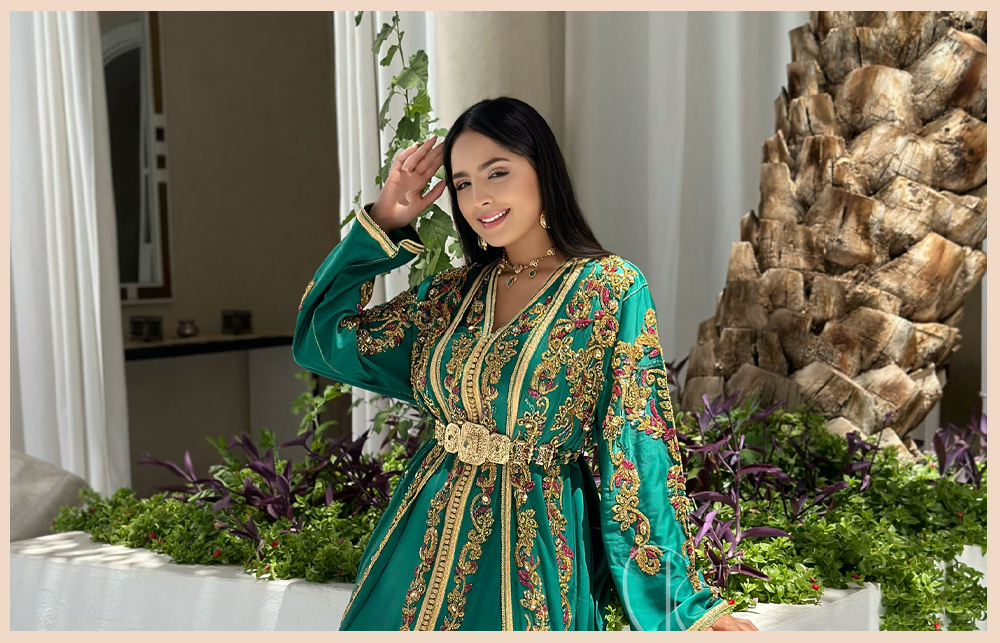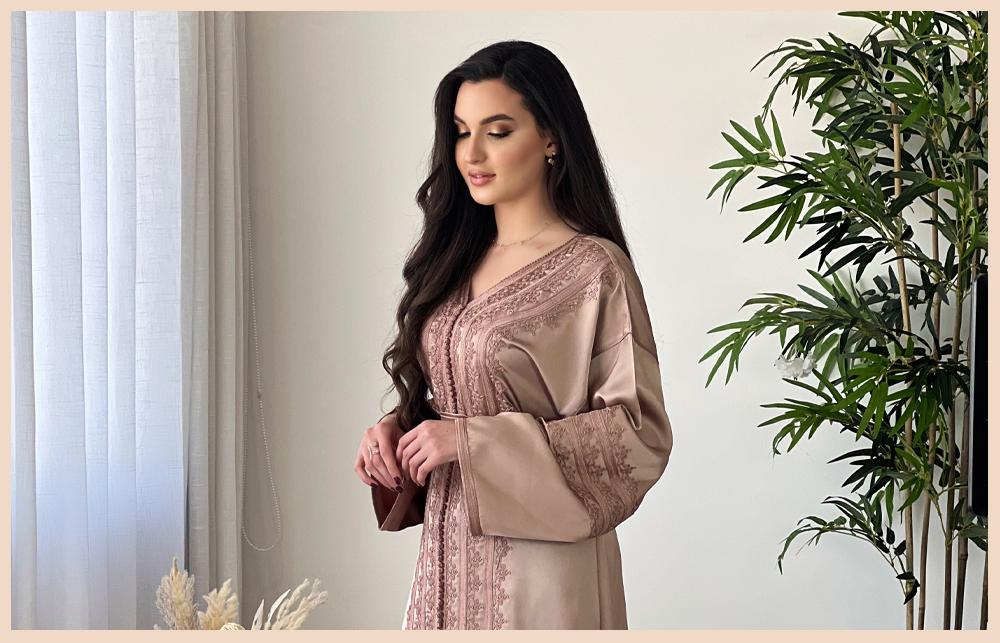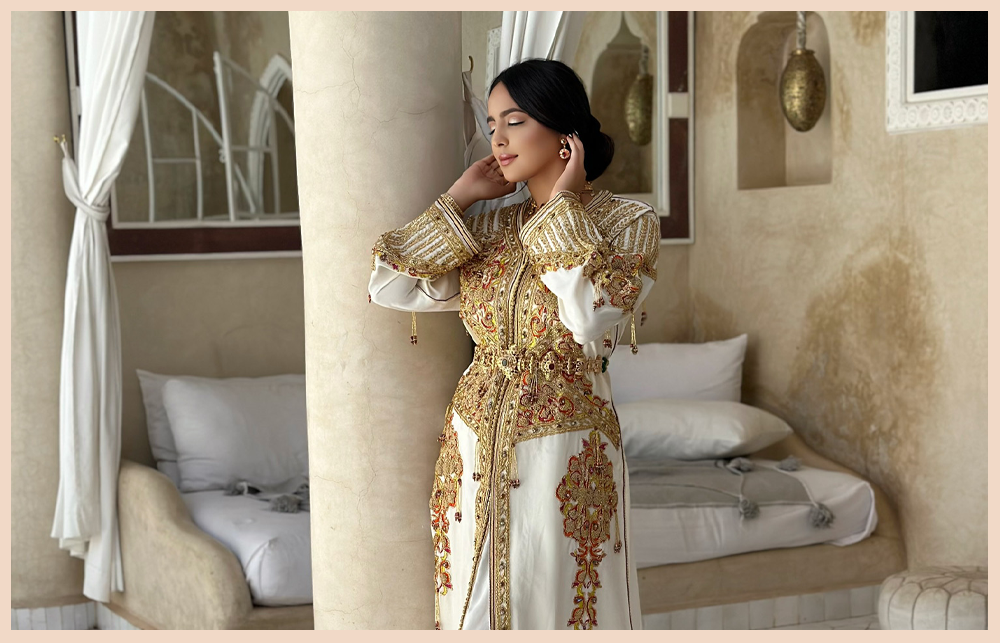
Takchita: The Elegant Fusion of Tradition and Modernity
Takchita, a Moroccan traditional dress, is a mesmerizing example of how fashion can bridge the gap between the rich tapestry of history and the ever-evolving trends of the modern world. This exquisite garment is an embodiment of Morocco's cultural heritage, blending intricate craftsmanship with contemporary designs. In this article, we will explore the history, components, and significance of Takchita, as well as its enduring relevance in the 21st century.
Takchita has deep roots in Moroccan culture, with its origins tracing back to the Andalusian era. Its design was heavily influenced by the intermingling of different civilizations in the region, such as the Berbers, Arabs, Jews, and Andalusians. Over time, Takchita evolved and adapted, reflecting the changing cultural and social dynamics in Morocco.
Takchita typically consists of two main pieces: a dress and a caftan. The dress, known as "Takchita Tahtia," is a long, often embroidered gown that serves as the base layer. The caftan, referred to as "Takchita Fassia," is worn over the dress. It is usually more elaborate, richly decorated with intricate embroidery, sequins, and beads. This layering creates a visually stunning and modest ensemble that has become synonymous with Moroccan elegance.
What sets Takchita apart from many other traditional garments is the intricate craftsmanship involved in its creation. Master artisans, often using time-honored techniques, meticulously craft the embroidery and embellishments. Each piece of embroidery can be a masterpiece in its own right, featuring geometric patterns, floral motifs, and other artistic designs. The fabrics used are typically rich and luxurious, such as silk, satin, and brocade.
Takchita holds a special place in Moroccan culture and society. It is often worn on significant occasions, such as weddings, engagement parties, and other formal events. This attire symbolizes tradition, elegance, and a strong connection to Moroccan heritage. It is a mark of respect for the country's cultural values and a way to celebrate the beauty of Moroccan craftsmanship.
In recent years, Takchita has not remained static but has adapted to contemporary tastes and trends. Many fashion designers and brands have embraced the challenge of reinterpreting this traditional attire to make it more accessible to the modern woman. Modern Takchita designs often incorporate bold colors, innovative cuts, and new materials while preserving the core elements that make it unique.
Takchita is no longer confined to Morocco; it has gained international recognition and appreciation. Celebrities and fashion enthusiasts around the world have been seen donning this exquisite attire on red carpets and at prestigious events.
As we look to the future, Takchita seems poised to continue its journey as a symbol of Moroccan cultural identity and a beautiful example of the fusion of tradition and modernity. With designers pushing the boundaries of creativity, it is likely to evolve further and captivate even more hearts on the global stage.
Takchita, a blend of history, artistry, and elegance, is more than just clothing; it is a cultural treasure that continues to thrive in the contemporary world. This traditional Moroccan dress reminds us that fashion can be a powerful medium to preserve heritage while embracing change. Whether worn on a special occasion or adapted for everyday wear, Takchita remains a symbol of Morocco's rich cultural tapestry, exemplifying the beauty of its past and the vibrancy of its future.


